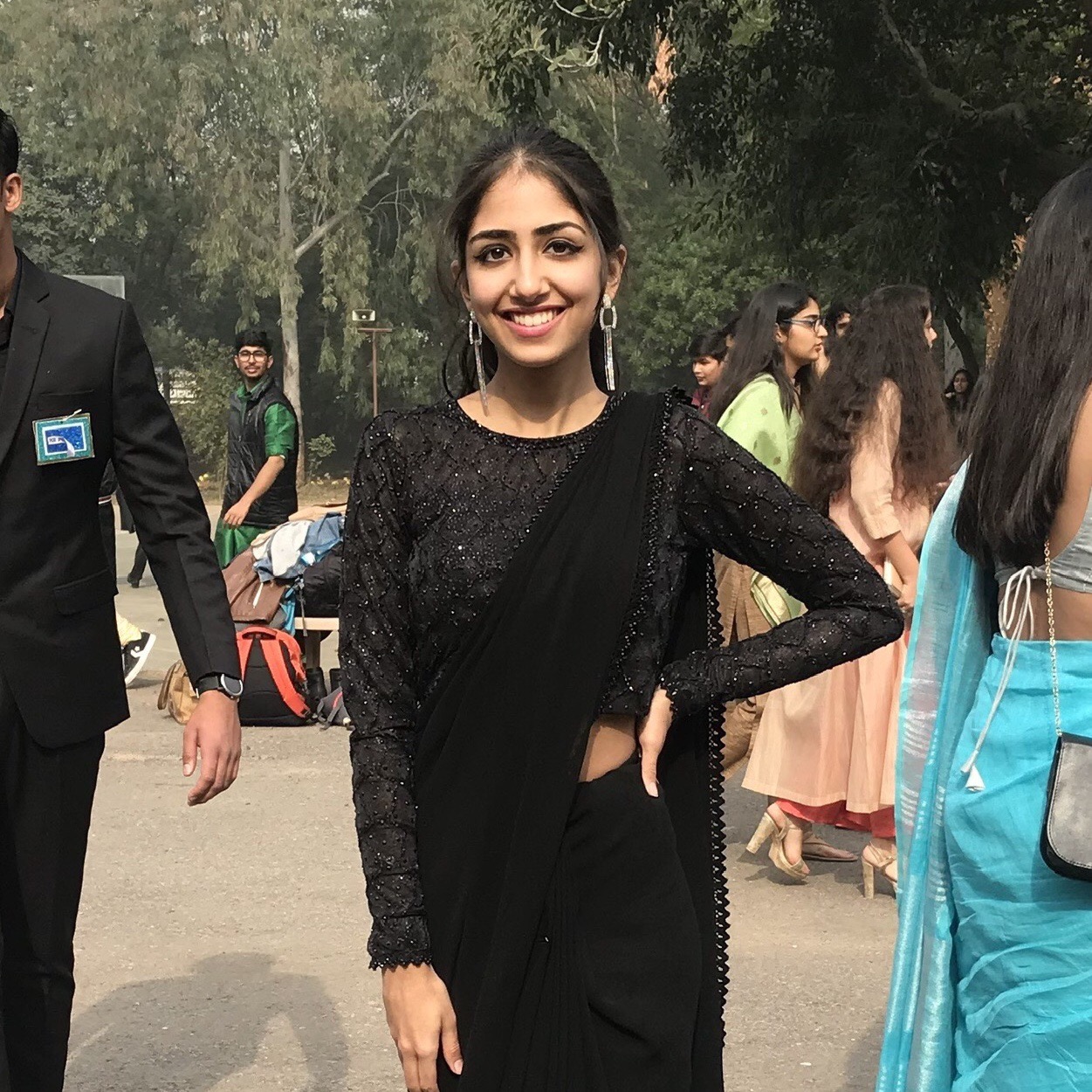LJL period drama: GAD
- Rashika Lungani

- Mar 25, 2021
- 2 min read
Visual and material culture, in the easiest way, are the 2D/3D expressions created by man that encompasses the artistic heritage and carries the legacy of the comprehensive history of that region. visual culture encompasses the paintings, the photographs, lithographs and other 2D expressions. Material culture encompasses the tools, buildings, clothing, sculptures and other 3D expressions. It is important to study the visual and materials as it gives us a more holistic view about the situation prevalent at that particular time and place. Historical books might tell us about the dates and timelines of the events but we can only understand the thoughts and feelings of the ordinary folks by looking at the creative expressions that they deployed as an outlet for there suffering.
My study of “Bharat ek khoj - revolt of 1857”. Helped me understand the socio-political context of India during the second half of the nineteenth century. The movie that was set in 1857 included many material and visual elements that can help us understand the period better.
In the beginning of the movie, the bhraman talks about the horseless carriages of the British that run on the street. This became a symbolised the power and advancement of the British in contrast to the rudimentary Indian lifestyle. This carriage was also reoccurring in my research of Europe in the 1860’s.

The movie-documentary unfolded in the form of a musical. In a scene the soldiers can be seen using a dhapli- an Indian instrument. Symbolism the affinity with and high value of music within the Indian culture

The contrast between the clothes of the Indian and British is another element that stands out. While Britishers are seen wearing European clothing, similar to the kind that I studied while researching about a Europe. While Indians are seen wearing dhoti and clothes made with cotton fabric.

There is a mention of “black” and “white” within the movie. Here the two colours were used to symbolise the superiority of the Britishers and the downtrodden Indian. These colour became the basis on which the two cultures were segregated in the future.
During the scene that unfolds in the capital of Delhi we can witness the Mughal architectural style with domes,jails and arches . This style resembled the Venetian gothic style that was popular in Europe at that time.
The mention of insulting the uniform, indicates that perhaps the job of a soldier was regarded as sacred.

The revolt itself was a symbol of the growing discontent amongst the ordinary public. The same discontent informed the political and social upheavals in Europe.














Comments